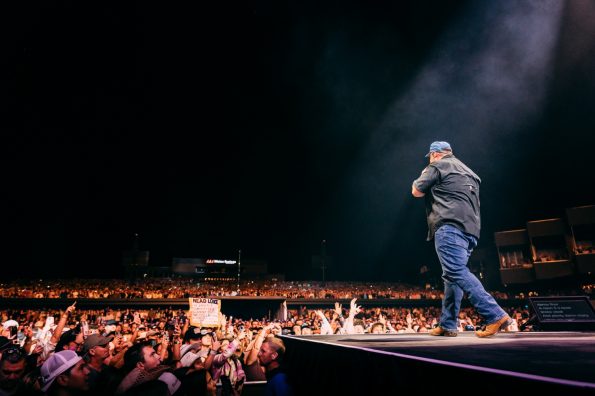1) What is the Brutalist design? Where can readers see this style most often displayed?
The definition of Brutalism has been the subject of much debate beginning in the 1950s by such noteworthy architectural critics as Reyner Banham and has spanned nearly 75 years up to present day. Variations of such phrases as “imprinting the mind with a visual memory,” “showcasing the construction process”, and “eliciting a distinct felt response with the observer/occupant” abound in the annals of academic review.
However, one does not need “an academic’s guidance” to distill an accurate definition of this style. It is my strong belief that like any other art form, Architecture is meant to be experienced and reviewed on a personal level without preconception.
So keeping that in mind, when one stands in front of a Brutalist building one notices immediately that it is composed of bold geometric forms usually out of poured-in-place concrete that asserts an unapologetic emphasis on the formwork (either wood cribbing or steel-tied panels) that were used to hold the concrete in place while curing. One may also notice the scale, geometry, and proportional relationships of these volumetric forms vary according to building but are almost universally austere, impersonal, and for some, a bit unnerving.
In my opinion, Brutalism is a lot like a gin martini; an acquired taste that you grow to love over time. Brutalism’s uniqueness and how that makes you feel, is what gives it value. And once you let go of your preconception that Architecture needs to be beautiful, you begin to ascribe value to Brutalism even though you may not believe it to be aesthetically pleasing.
2) What is the history behind this architectural style? How and where did it originate/when did it come into style?
If you look closely, some examples of Brutalism exhibit volumetric forms that appear disjointed or out of place but somehow stable and cohesive, making early suggestions of the budding Deconstructivism style that was waiting right up the road in the not-too-distant future.
3) Why is this design controversial?
The controversy surrounding Brutalist buildings stem from a trifecta of characteristics that is equal parts practicality, aesthetics and historical significance. Specifically, 1.) These concrete uninsulated buildings don’t perform very well outside of arid climates 2.) These buildings are almost universally regarded as impersonal, unnerving, and ugly. 3.) They are historically distinct and represent an important moment in Architectural history. The last characteristic is the irrefutable counterpoint to any argument to alter the buildings in any significant way, including demolition.
4) What shapes/forms are highlighted in this style?
It isn’t defined so much by shape as it is defined by its opaque, concrete volumes. Even the most heavily fenestrated Brutalist buildings exhibit consistently large expanses of monolithic concrete forms. This is a hallmark of Brutalism.
The result is that Brutalism makes such a bold assertion of unyielding strength in its materiality, scale, and simplicity of forms that it doesn’t take much of a squint to see that Brutalist buildings often appear as modern day renditions of a fortress.
Consequently, it is not surprising that there are many fine examples of Brutalism in civic and municipal architecture. Boston’s City Hall is such an excellent example of this exemplification of power that it is as if a modern day king or queen might reside inside when you see it for the first time. Appropriately, it houses all of Boston’s city officials to this very day.
And so it is by no accident that Brutalist architecture is used heavily to represent powerful corporations, governments, wealthy oligarchs, and royal families in movies such as Blade Runner, and Dune. Strong, impersonal, and unyielding, Brutalism is modern architecture’s manifestation of power.
5) What materials are commonly used in the Brutalist design?
Brutalism was largely limited by the forming technology of concrete. Consequently, rectilinear forms are more common than organic ones. And within the fewer examples of organic form, the curves are broad and gradual, limited by the tectonic of the formwork.
8) Is Brutalism still popular today? Why or why not? Why was the style frowned upon?
It is without a doubt, the aesthetic of Brutalism is starting to creep back into mainstream culture through movies. However, monolithic poured-in-place concrete as an exterior building material just isn’t practical anymore. Buildings need to be waterproof, have high R-value insulation, and need sensible relationships to the sun.
Current Brutalist buildings do not exhibit these qualities and are costly to maintain in the context of today’s climate demands. And to many, Brutalism is just plain ugly. So the natural inclination is to demolish and rebuild into something far more practical (and beautiful).
However, these buildings represent a significant milestone in Architectural history, and who are we, in this brief moment in time, to decide what history future generations might bear witness to and draw their own conclusions about human culture. And therein lies the controversy.




